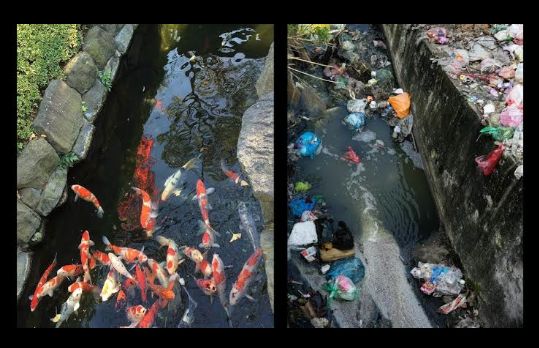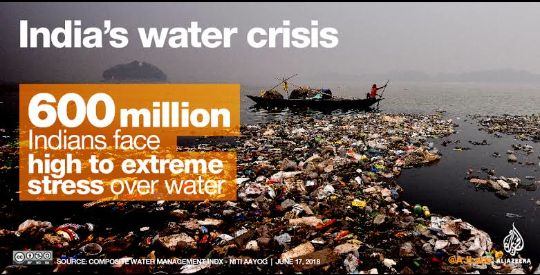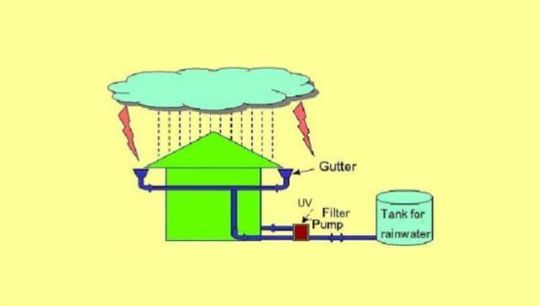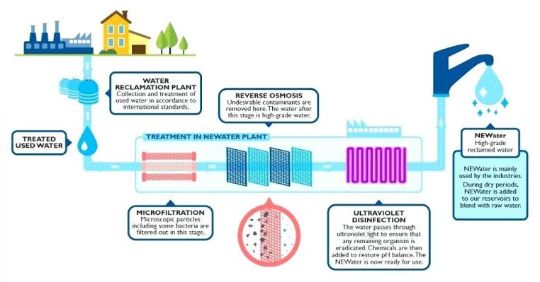Water Crisis In India
Jul 15, 2019 • 12 views

A clear distinction of how water resources in India is at stake in the current situation. The serious water crisis in India has affected about 330 million people— a quarter of the country’s population — and it is due to the below average rainfall received by most of the states. Recently, Chennai so had the exact same situation that today the Chembarambakkam Lake is lying bone dry. It is though, a water deficient city, its infrastructural growth, and urban and industrial expansion has no limit. This inappropriate planning of land use and lack of measures for the conservation and management of water resources can be blamed for the current situation. Moreover, thanks to the excessive groundwater pumping, an inefficient and wasteful water management system that led India’s populationto live the 'Day Zero' scenario. It is going to be more than worse as the [CWMI]report stated that by 2030, the country's water demand would be twice the available supply, implying severe water scarcity for hundreds of millions of people and an eventual 6% loss in the country's GDP.

Not that India is doing nothing to cope this pathos state. But targetting to provide piped water connections to every household by 2024 only means that we are again giving more preference to infrastructure. The question that pops up is that what will happenif there would be no water supply at all?
Certainly there's a dysjuncture between the water resourse and economy. The society is valuing land more than water, neglecting our local water bodies. Constructing huge storage dams and fetching water from 150 kilometres and above won't resolve this problem.
We need a holistic and decentralised approach.

Practicing the traditional method of rainwater harvesting- catching water where it falls - would be the very first step. We need to transit from this 'supply-and-supply-more water' provision to measures which lead towards improving water use efficiency, reducing leakages, restoring local waterbodies as well as applying for higher tariffs and ownership by various stakeholders.
We need to reduce the share of non-revenue water and promote integrated urban water management strategies. Rajasthan has shown huge improvement in this field. There is a huge potential in reusing and recycling the wastewater at least for non-potable purposes, which is cost effective. Various government programmes such as the Atal Mission for Rejuvenation and Urban Transformation have helped a lot to manage the water supply. And now its time that we all putforward our contribution and bring a change to this water scarcity. Hence,more than anything communities have a huge part to play. By keeping in check our own usage and actions, we can contribute.

